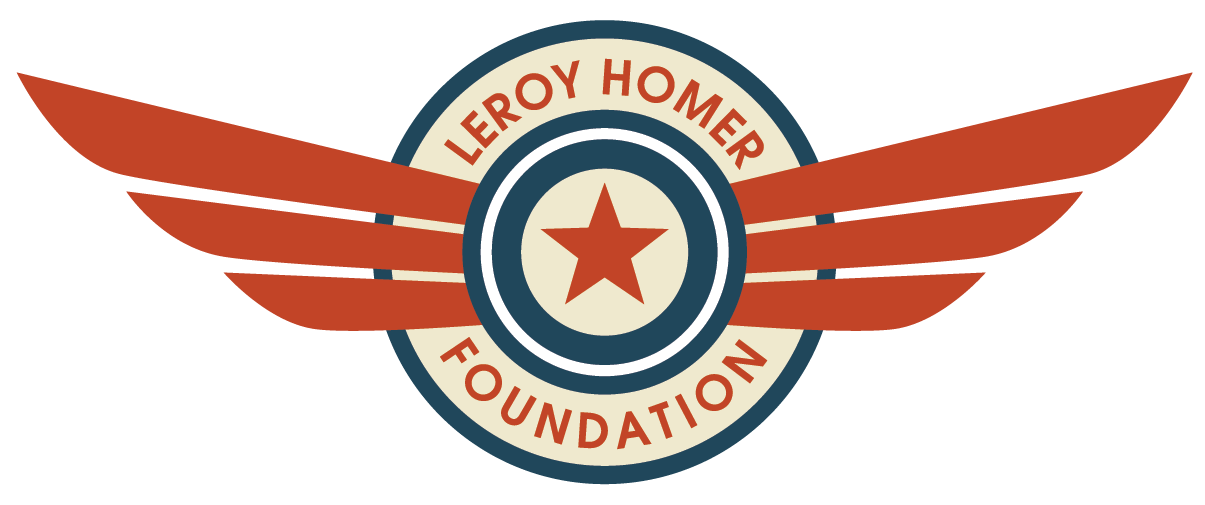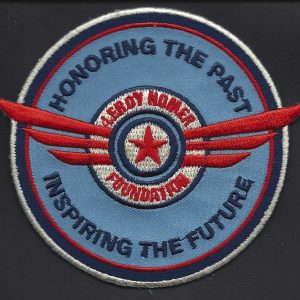A Day In The Life…Courtney Schaer, Air Force Undergraduate Pilot Training
 As a student in Air Force Undergraduate Pilot Training (UPT) no one day is ever like the next. Sure, the variables remain the same: flights, simulators (sims), academics, stand-up and formal briefs; but there is always something new, something different and exciting to add to the mix.
As a student in Air Force Undergraduate Pilot Training (UPT) no one day is ever like the next. Sure, the variables remain the same: flights, simulators (sims), academics, stand-up and formal briefs; but there is always something new, something different and exciting to add to the mix.
Starting out there are three phases to UPT. The first phase is purely academics and last about a month and a half. During this time we are introduced to a majority of aspects of the T-6A Texan 2, from systems, to aerodynamics, to the basics in instrument and navigation. From there we hit the flightline for phase two, which places us in flights in a squadron and involves all the flight training we do in the T-6. Phase two last about four months and concludes with a tract select, in which you track either T-1s preparing you to fly heavy aircraft such as tankers or transports, T-38s which prepare you for the world of fighters, or helicopter. T-1s, T-38s and helicopters are phase three and last the remaining 6 months of our pilot training experience.
Being in phase two, our days usually begin with a formal brief that covers everything from the current weather and runways, to a brief emergency procedure of the day. As the students, we run the majority of the morning brief, however our instructor pilots (IPs) oversee it and love to ask us questions, especially about typos on our PowerPoint and flub-ups in reading the METAR and TAF -information on weather. During the first 15 days on the flightline, these formal briefs were the most dreaded part of our day and could last up to an hour due to the tedious process of memorizing checklist and procedures and having to recite them word for word. Now that we’ve been on the flightline for a few months, these briefs are just as they’re meant to be… brief.
After formal brief, we break up and prepare individually for our flights and sims for the day. Our simulators are instructed by government contracted retired Air Force pilots, whom fondly remind me of what it would have been like to be taught how to fly by my grandfather. One thing is for sure: when you’re flying with a sim IP, you are bound to hear some great stories that mainly start with the phrases “So there I was…” or “Back in my day…” In total we log about 38 hours in the simulator while flying the T-6. Today I completed my formation simulator and have just my low-level simulator left before I am sim complete for the T-6!
Our actual flights in the T-6 are a whole other beast to tackle. Flights usually last 1.3 to 1.5 hours and take many more hours than that to properly prepare for them. We usually meet up to brief with our flight IPs an hour prior to takeoff. In our brief, we go over the profile that we are flying and any special syllabus items that need to be covered as well as anything that may affect the flight for that day, such as winds, weather, NOTAMs (notice to airmen), etc. You name it, we brief it. A half hour prior to our takeoff time we move to the stepdesk where we are assigned a tail number for the flight and briefed on any important happenings going on in the squadron or in the air that may affect us. Then we continue on to life support where we put on our G-suit, harness and test our helmets before we step to our jet. When we get to our assigned plane, we go over the books and do a preflight inspection of the plane, if everything is good to go, we both strap-in and start running the before take-off checklists. For a beginning student, these checklist could take up to a half hour to run from start to take-off, however the more familiar you become with the jet, the faster things go and with the weather starting to really warm-up, its best to keep your IP happy with fast checklist to get the plane’s AC up and running.
The flights themselves are always challenging and if you adequately prepared, they can be a lot of fun too! My most memorable flights have been my initial solo in the T-6, and my two area solos, where I got to take the plane out by myself and preform aerobatics until I couldn’t see straight. It was amazing! Going cross-country was also a great confidence builder and was the point where instruments really clicked for most of my class. The last block of rides in phase two are formation rides, which act like a capstone to the program. My formation dollar ride (first ride) is tomorrow and I’m so excited. I haven’t decided if I want to go fighters or heavies yet and I hear that formation is usually the deciding factor for most people.
With the end of phase two drawing near, our UPT class also faces a lot of changes, besides the obvious of switching to a new aircraft. Our UPT base is joint and we have Internationals, Navy and Marine officers in our class. Our Navy and Marine officers only stay up through the end of phase two and then do the remainder of their training with their own service. Our whole class is very close and it has been a great experience sharing these exciting and challenging times with our water loving brothers and sisters. However, I know in the end of the day, we’ll all be up flying in the same skies and will sure to cross paths again. So far UPT has been a ton of work; there have been good days and not so great of days, but I feel truly blessed to be given the opportunity to both serve my country while following my dream.





Just reassurance! I’m an USAF pilot with over 5,000 flying hours, all fighters, My comment to the article…”A day in the Life” would be that I’m pleased it’s still tough and demanding. When todays students comment that they are challenged and concerned I realize we are still “turning out the best pilots in the world.” Keep the “fun” in flying and remember there are always lessons to be learned. Finally, when your flying on someones wing, in the soup, you will realize that your betting your life on the leaders flying skills, and you will know why we are tough. Keep following your dream and always remember that “a day without flying is blah!!”